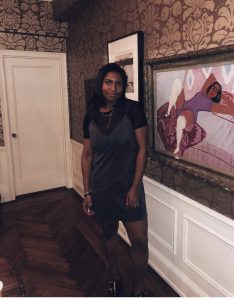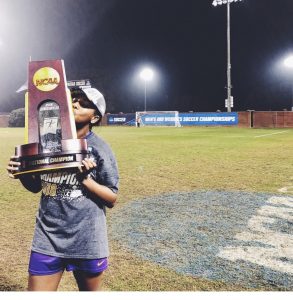I’ve used dating apps…

Over the summer, when I am back in the comfort of a city (NYC or San Francisco), dating apps seem to enter the dialogue amongst my circle of friends. Take note, my circle of friends is pretty heterogenous racially. While our group possess a level of class privilege that unifies many of our experiences, we are also part black, white, and asian. All of my friends, when they are single, use dating apps routinely. I was late to the dating app game since it is not popular at Williams, but my friends who go to larger schools find them commonplace.
My profile? Tinder and Hinge, the apps I use, present different images of myself. Tinder, which is regarded as the ‘sketchier’ app seems to be less about dating and more about hookup culture. My profile on Tinder reveals less information and fewer pictures. Hinge, on the other hand, is more dating oriented. Based off an algorithm that looks at your existing facebook friends, Hinge seems to be a more trusted app for online dating. On hinge, my profile more closely resembles my Instagram. There are pictures where I’m dressed up, playing sports, traveling, and with friends. I include Williams and Lawrenceville in my bio because it’s a good way to connect with people who have relationships with those communities which makes them more familiar.
I scroll through other profiles when I am bored and never message anyone first. If I receive a message from a profile that I like, then I might respond if I am caught at the right time and place. The commitment these apps require from users is unbelievably lacking…
 The typical profile I prefer is someone who I have mutual friends with, is from a similar background, and I find attractive. As a result of two of these three conditions, most of these profiles are white men. It is important that I have some familiar connection with their profile because it is otherwise scary to meet up with a stranger. If we have mutual friends it is much less daunting.
The typical profile I prefer is someone who I have mutual friends with, is from a similar background, and I find attractive. As a result of two of these three conditions, most of these profiles are white men. It is important that I have some familiar connection with their profile because it is otherwise scary to meet up with a stranger. If we have mutual friends it is much less daunting.
A statement I am commonly told by people I match with on dating apps:
“I’ve never dated a black girl before.”
If I get this message, I either stop talking to the person or, if we have been talking for a while, I call them out. I never get this if I am matched with a guy who is black, but those matches happen rarely. The vast majority of profiles I come across are white. I am not averse to dating white people and have, but the “I’ve never dated a black girl before” does Not. Sit. Well.
Whether it be exoticization, fetishization or othering, race is very present on dating apps. I can’t be aware of those who’ve excluded me out of dating possibilities due to the design of these apps. However, for those who have included me into their dating options, notions of race are at work on this virtual platform.

